We use animals in our folklore as symbols of our personalities, spirits and struggles. On November 1st I launched a new, year-long project where I will focus intently on one animal each month, exploring the symbolism of that creature and the role it plays in the stories we tell.
Today I would like to introduce you to Gareth, the Wolf Man. Art prints for this new character, as well as the original watercolor painting, are available in my shop.
Each day this month, I will be sharing facets of the archetype of the Wolf in our culture, with a new painting each day on my blog, and each of these original paintings will be available for purchase in my shop, as well!
I probably should have been doing posts all month to share my new art with you, but it completely slipped my mind! So here’s synthesis of all my new art to date. Each image will link to the painting in my shop which is for sale.
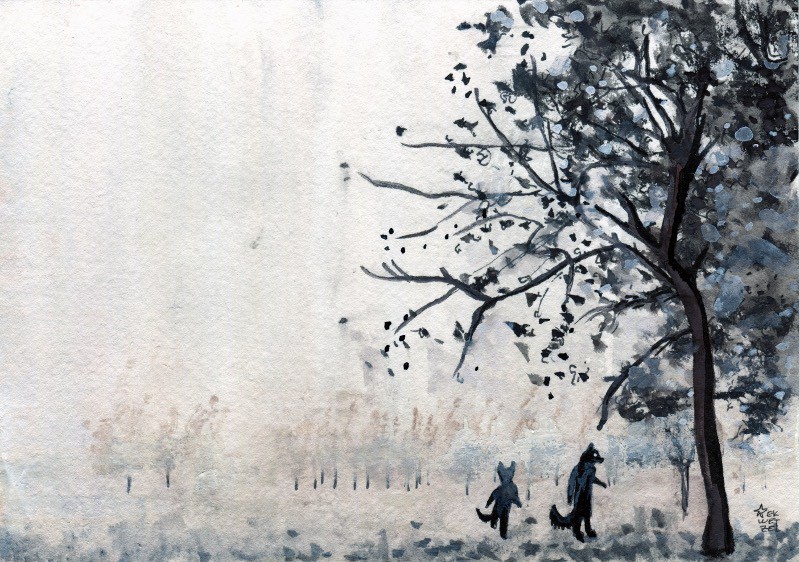
Wolves are creatures of Mystery. They are the embodiment of things beyond our comprehension, a tangible representation of the unknown.
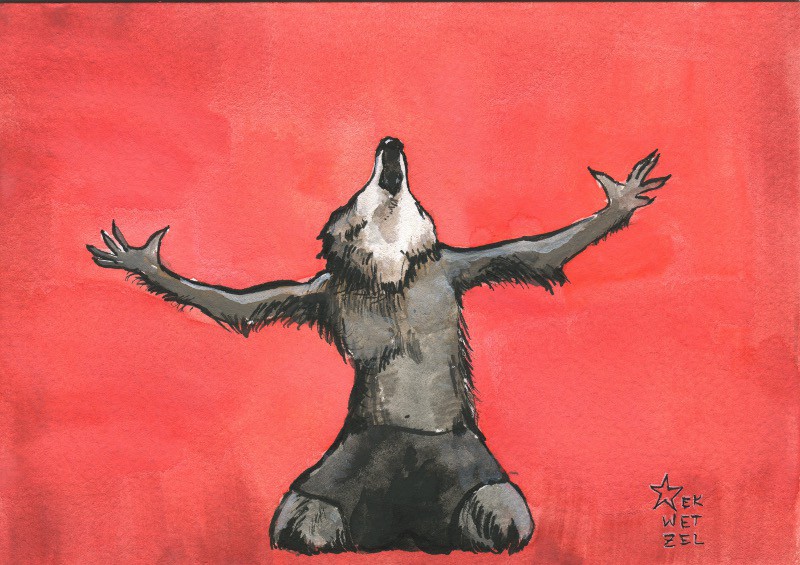
Wolves are creatures of Passion. They are wildness embodied. A wolf feels things so deeply and so intensely that the fierceness of their devotion often makes others afraid.
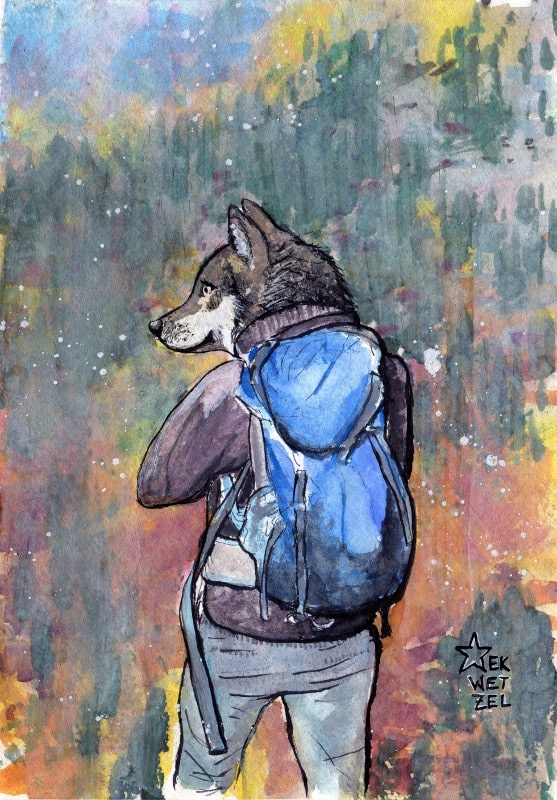
Wolves are creatures of Survival. Even though wolves will kill only to eat, they have the grit and determination to do what must be done in order to see another day.
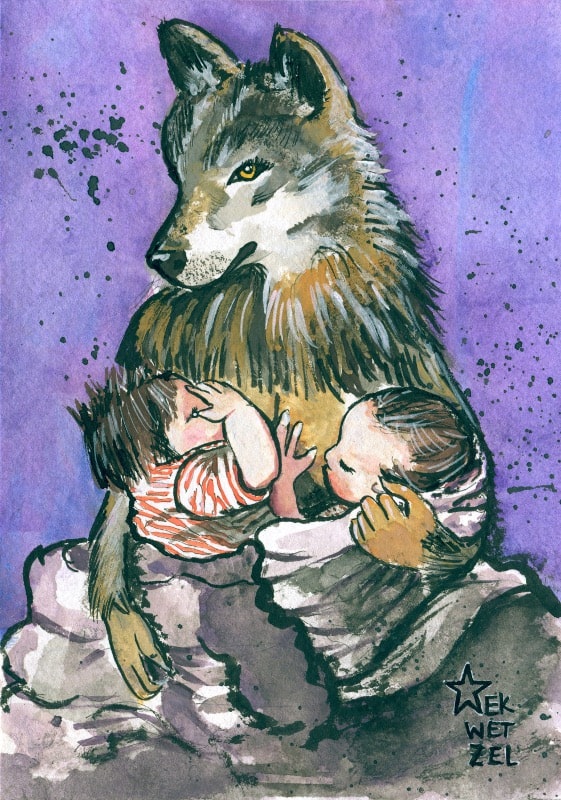
According to ancient mythology, when the twin brothers, Romulus and Remus, were abandoned to the elements, they were rescued by a She-Wolf who raised them as her own. When they grew up, they became the legendary founders of Rome. The image of the she-wolf suckling the babes became an iconic representation of the city and its founding legend.
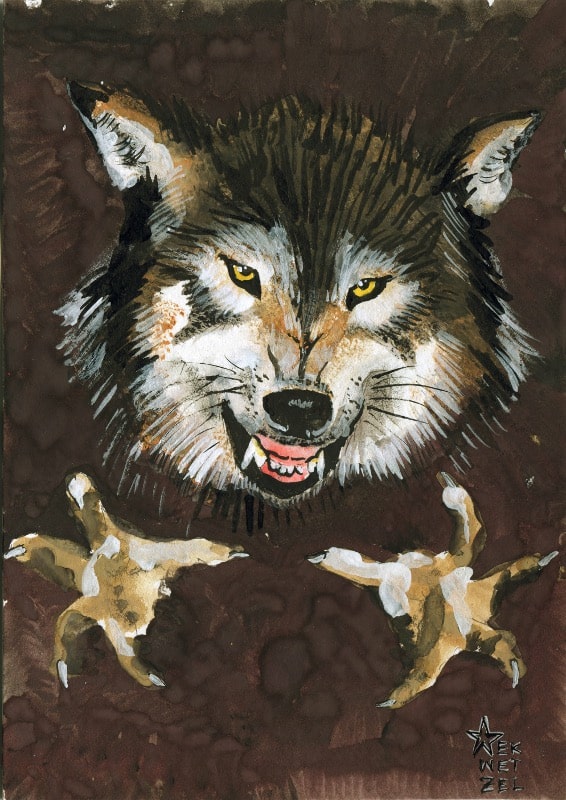
The trope of the Big Bad Wolf is pervasive in western culture. In stories such as Aesop’s Fables and Grimms’ Fairy Tales, the Wolf is a dark stranger whose hunger is so desperate he will devour his victims whole.

In the Russian folk Story of Peter and the Wolf, Peter lets the duck out of the yard and it is gobbled up by the big grey wolf. Peter catches the wolf in a noose and marches him to the zoo in a victory parade. In the story’s ending, the listener is told: “If you listen very carefully, you’ll hear the duck quacking inside the wolf’s belly, because the wolf in his hurry had swallowed her alive.”
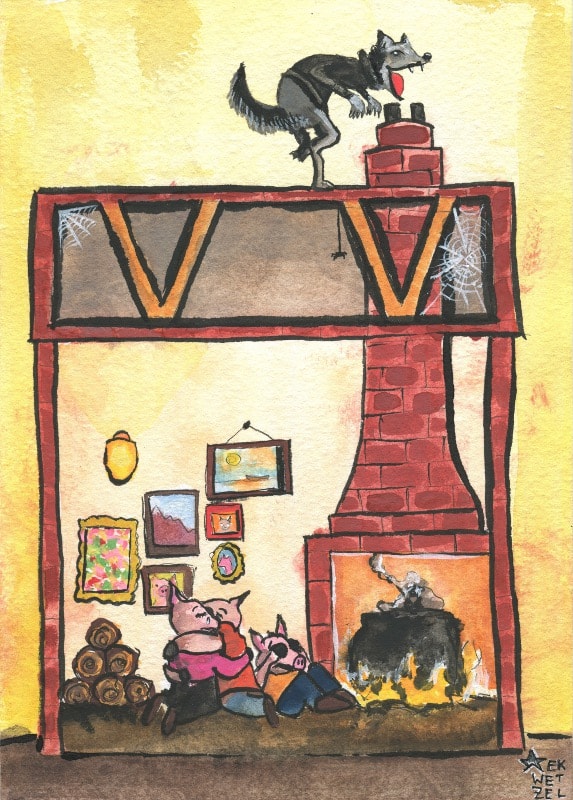
Three little pigs set out to make their place in the world. The Big Bad Wolf, eager to eat the pigs, blows down their newly built homes: first the straw one, ten the one made of sticks, until all three pigs are cowering together in the brick house, which stands up to the wolf’s powerful huffs and puffs. Undeterred, the wolf slides down the chimney to gobble up the pigs, but they have a pot waiting for him, and he is boiled alive.
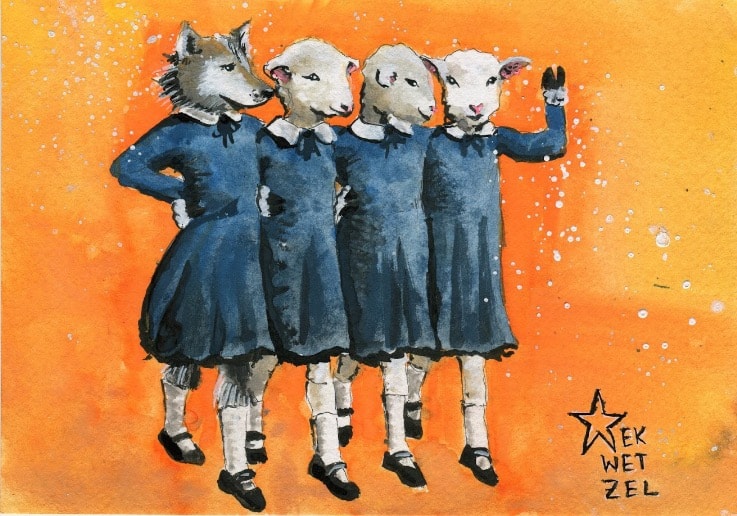
A Wolf in sheep’s clothing is an idiom of Biblical origin used to describe those playing a role contrary to their real character with whom contact is dangerous, particularly false teachers. As a fable it has been falsely credited to Aesop. The confusion has arisen from the similarity of the theme with fables of Aesop concerning wolves that are mistakenly trusted by shepherds; the moral drawn from these is that one’s basic nature eventually betrays itself.
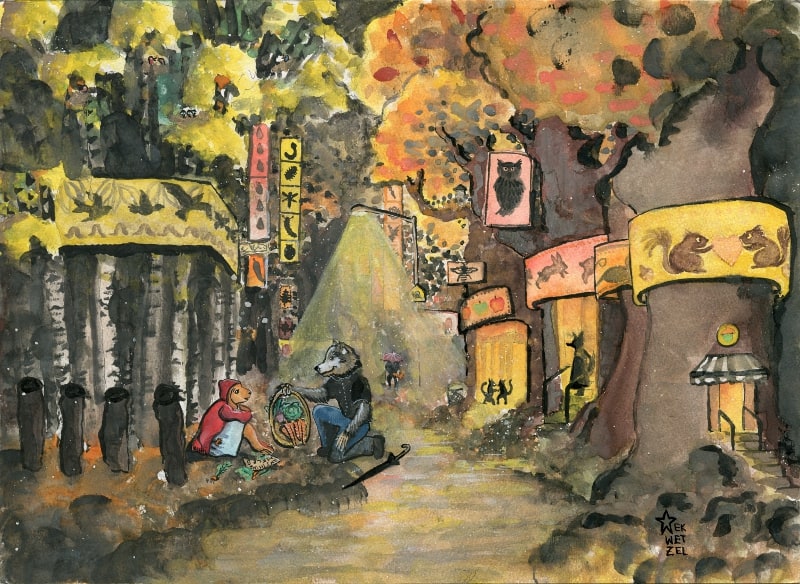
In this spin on the traditional Red Riding Hood tale, the Wolf is a source of unexpected help when Little Red finds herself in dire need. (At 11×15 inches, this painting is a huge one, with lots of details).
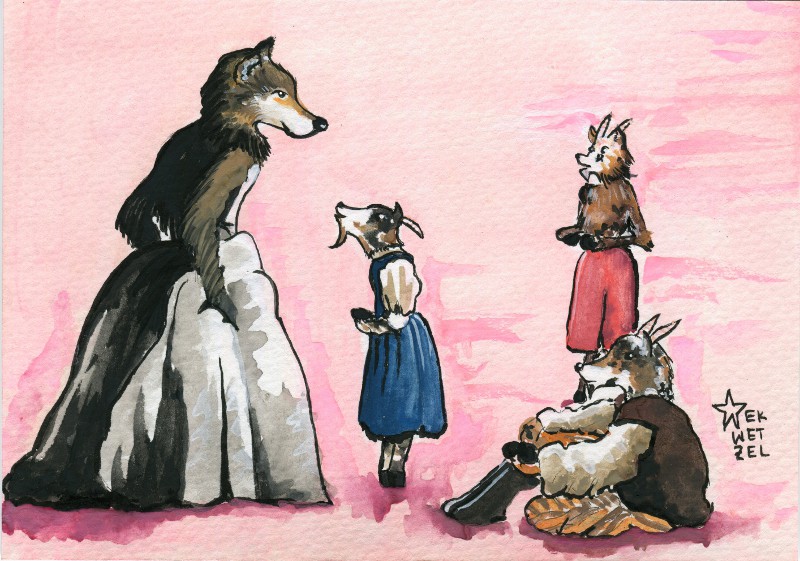
A story out of Grimm’s Fairy Tales, called The Wolf and the Seven Young Kids features a house full of young goats who are tricked by the Big Bad Wolf to let them inside, where he promptly gobbles them up. To trick the young goats, he disguises his voice, dusts flour on his fur and dresses in women’s clothes. I’m not sure what’s scarier to us…the concept of a wild and vicious beast, or the idea that they could look just like you and me.
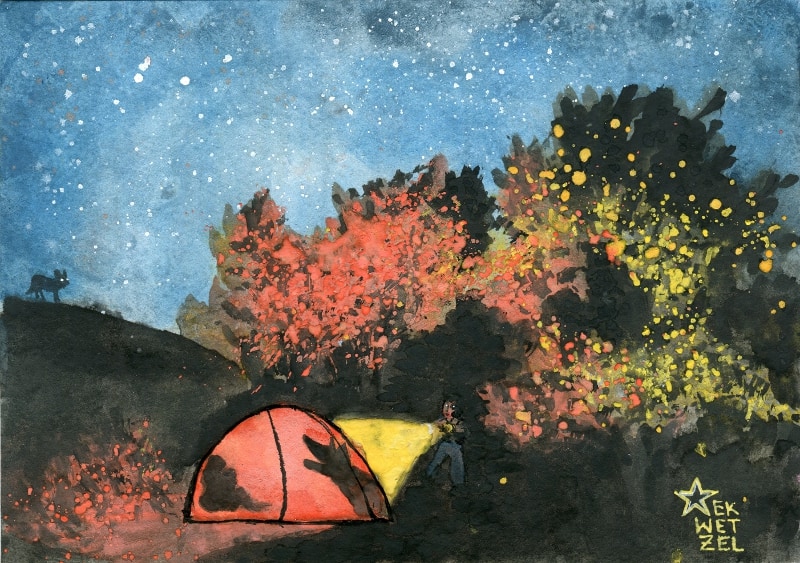
The Boy Who Cried Wolf is a cautionary tale from Aesop’s fables about the importance of telling the truth.
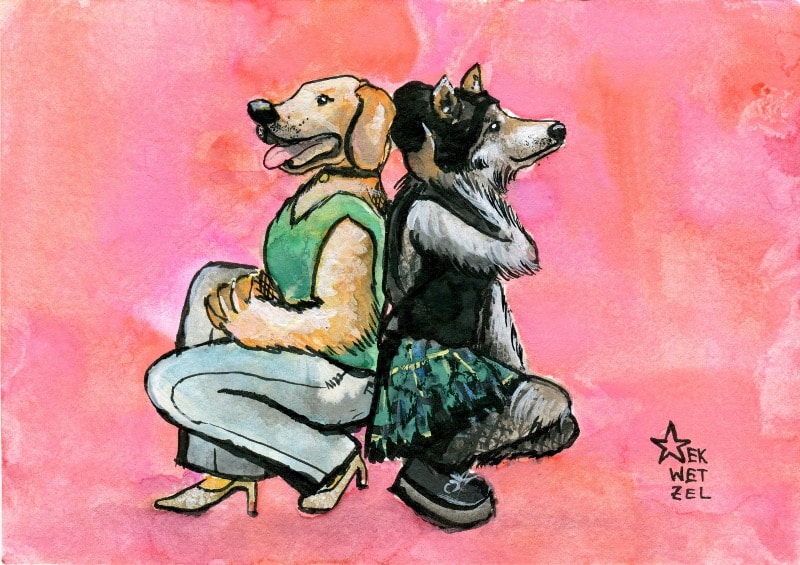
In Aesop’s fable, The Dog and the Wolf, a famished wolf meets a well-fed dog and compliments him on his sleek appearance. The dog describes his life of ease and invites the wolf to join him. As they go on their way, the wolf asks why the fur about the dog’s neck is worn away. He replies that it is merely caused by the collar he has to wear at home. The wolf then leaves him, declaring that a full belly is a poor price to pay for liberty.

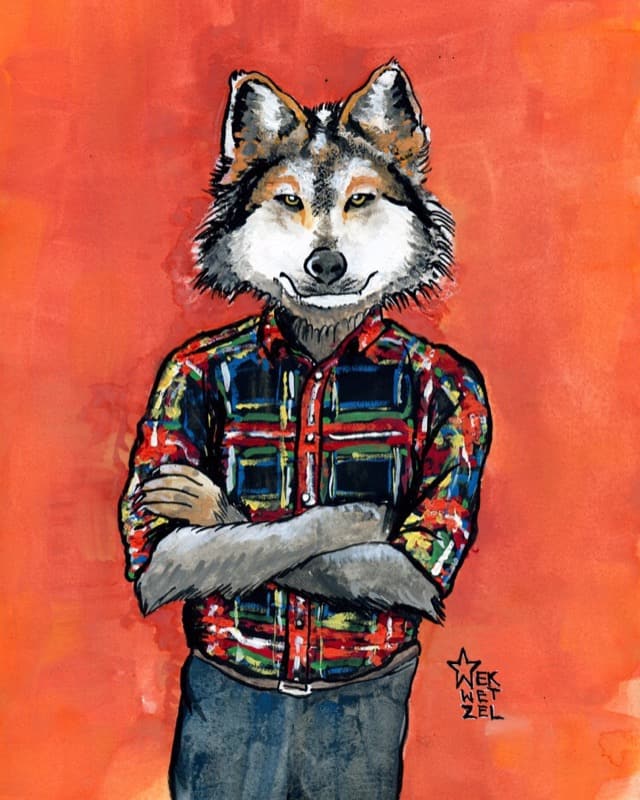
Comments are closed.